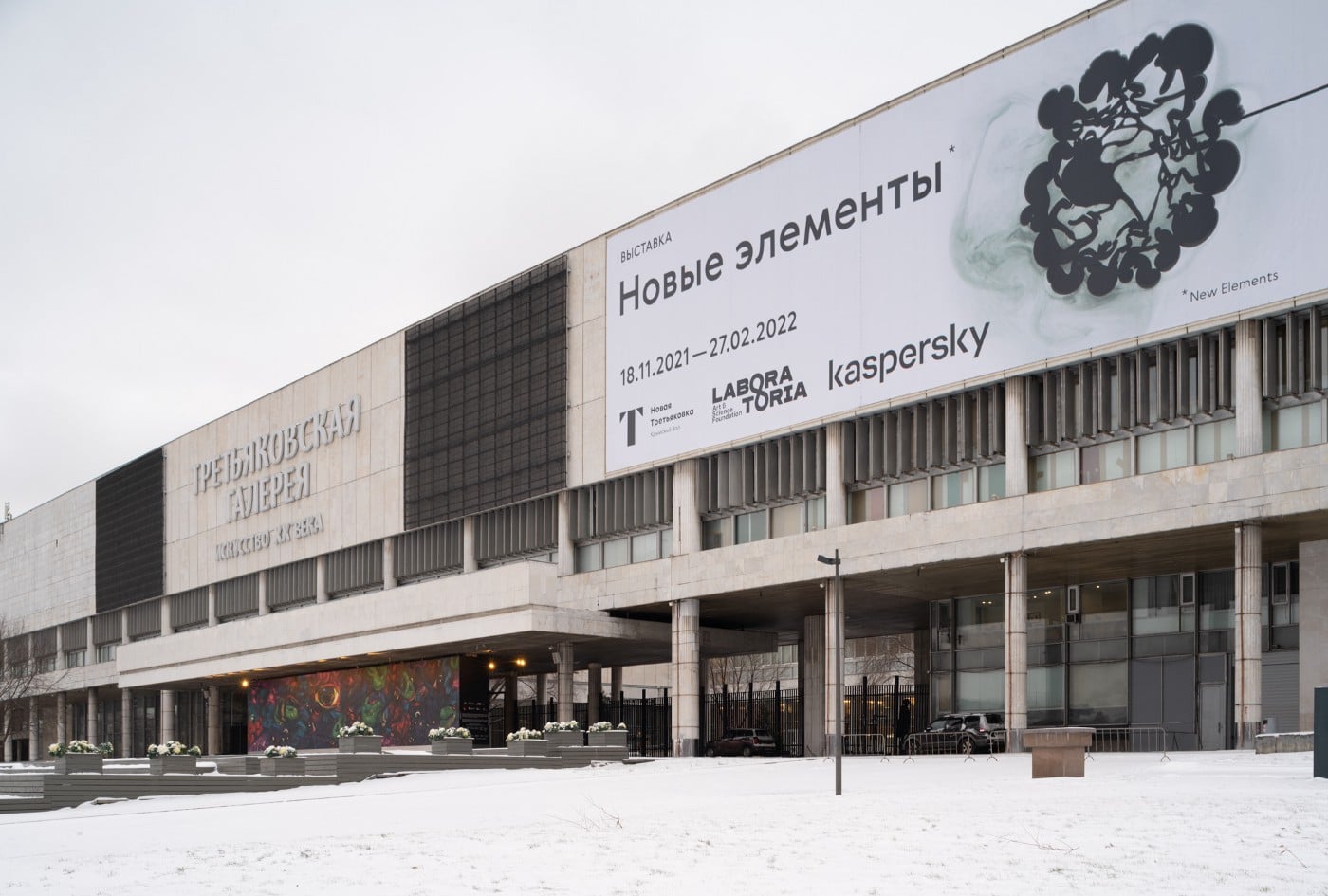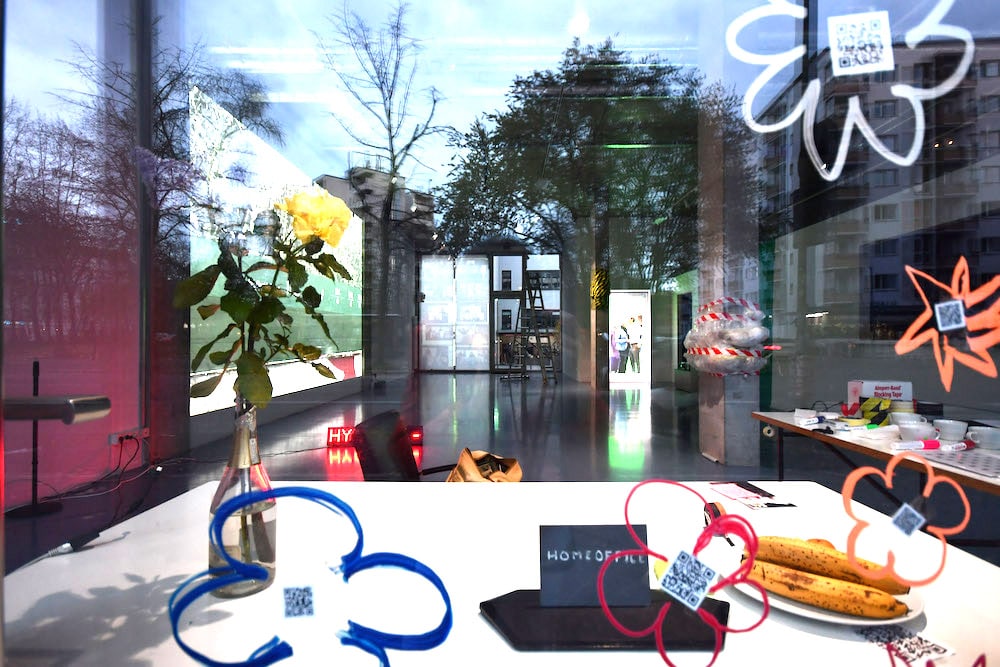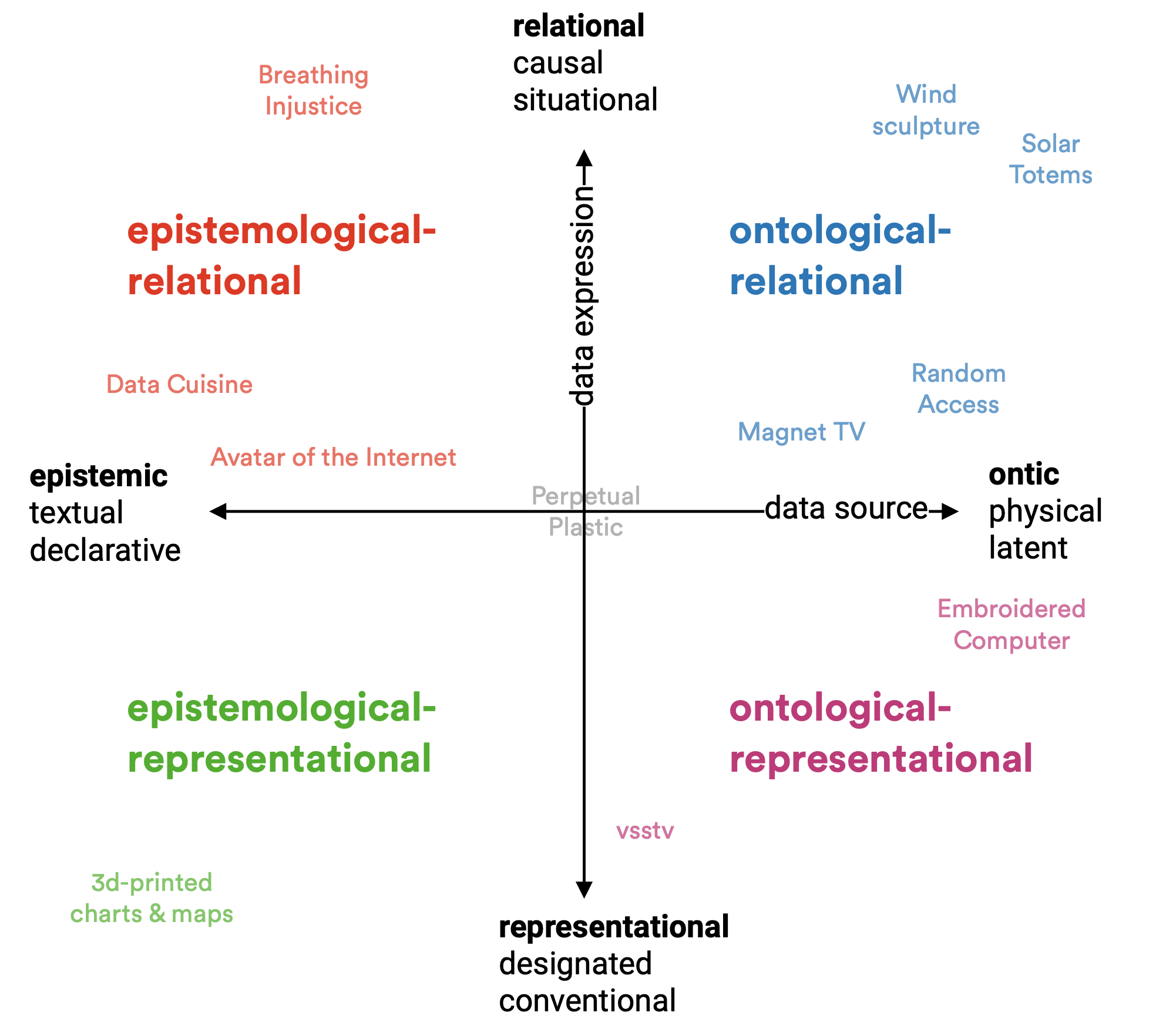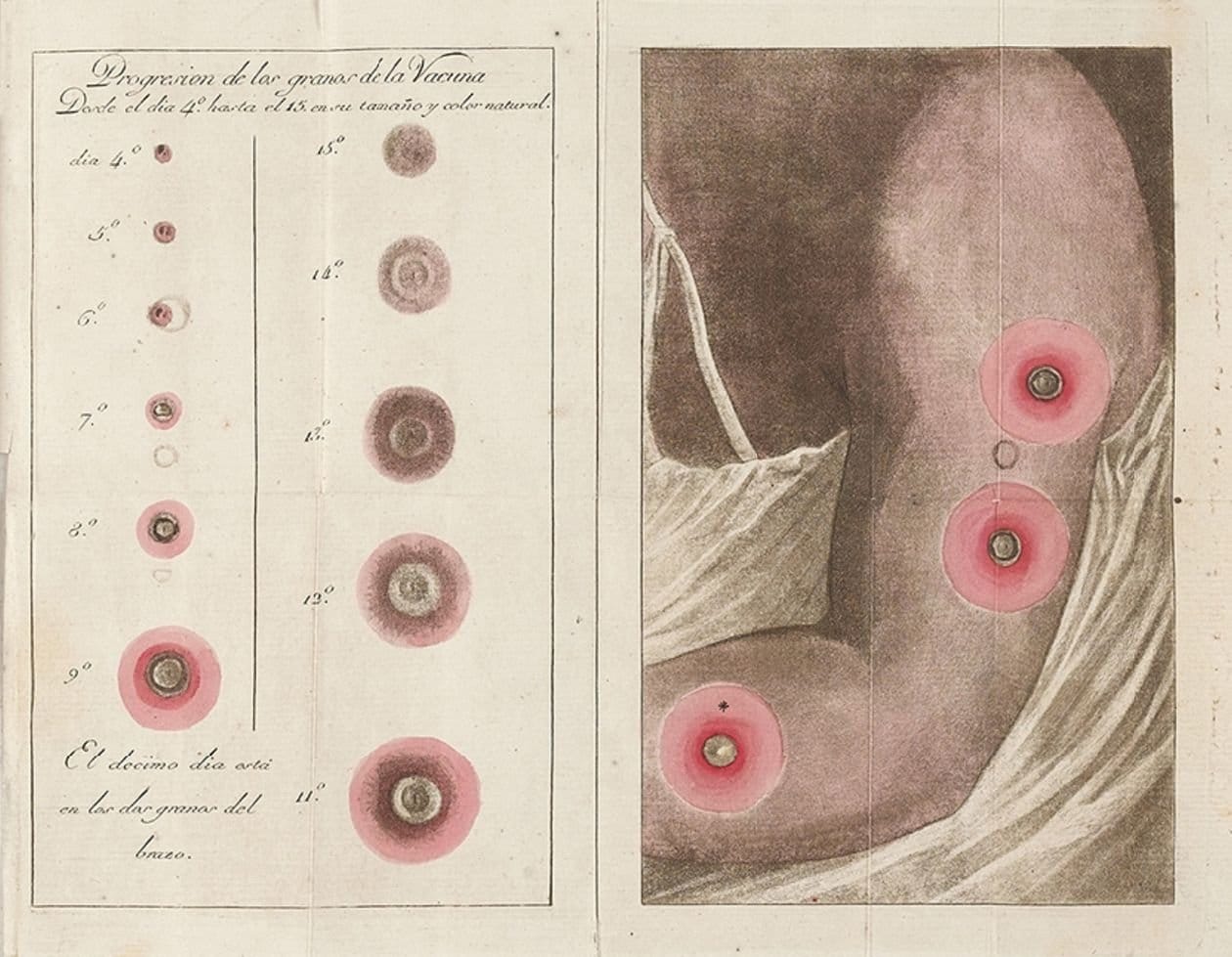
New Elements – Analog Computing and the Environment
New Elements – Analog Computing and the Environment
with Laboratoria Arts & Science Foundation
New Tretyakov Gallery Moscow
Curated by Daria Parkhomenko & Dietmar Offenhuber
In partnership with Kaspersky
The exhibition NEW ELEMENTS explores an unusual perspective on data and computation, centering on the physicality of information and its implications for how we make sense of the world. 12 works by artists from different countries show how to close the gap between data and the world.
Artists: Memo Akten (Turkey – UK), Ralf Baecker (Germany), Erich Berger (Finland), Ilya Fedotov-Fedorov (Russia), Thomas Feuerstein (Austria), Forensic Architecture (UK), Ryoichi Kurokawa (Japan), Tuula Narhinen (Finland), Anna Ridler (UK), Tomas Saraceno (Argentina), Theresa Schubert (Germany), Aki Inomata (Japan)







